Solar flare WARNING! M2 flare could hit Earth after sunspot explosion
NASA’s Solar Dynamics Observatory (SDO) has recently revealed that Earth could be in the firing line of a strong M2 solar flare eruptions as an Earth-facing sunspot has recently exploded.
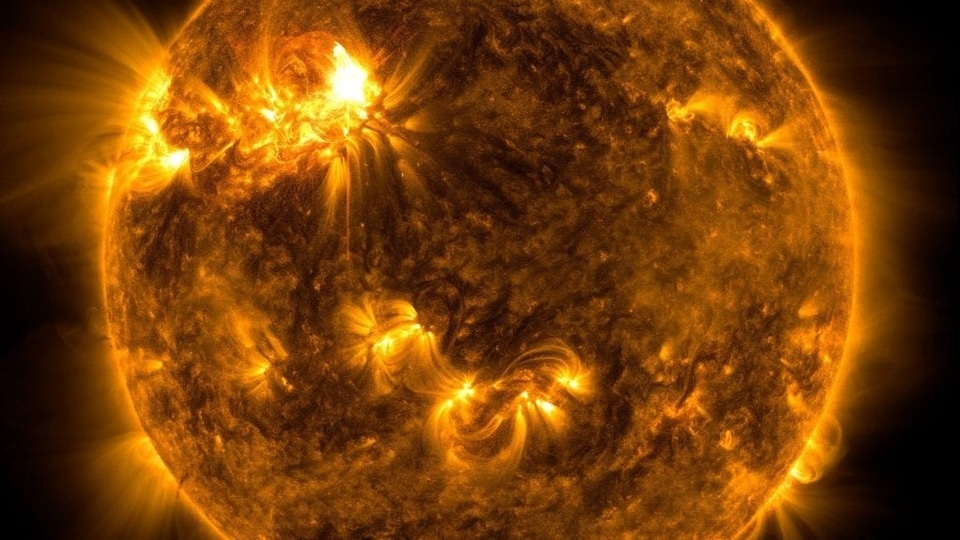
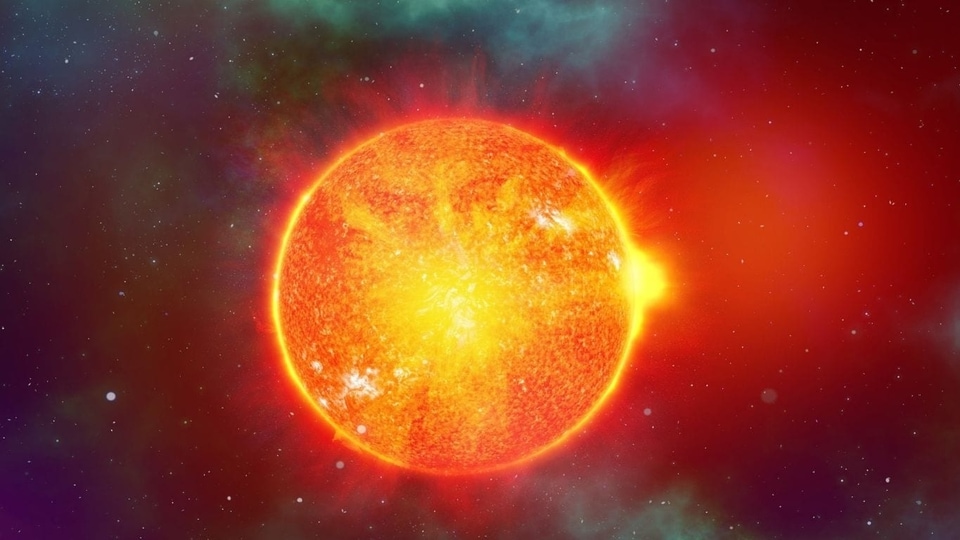
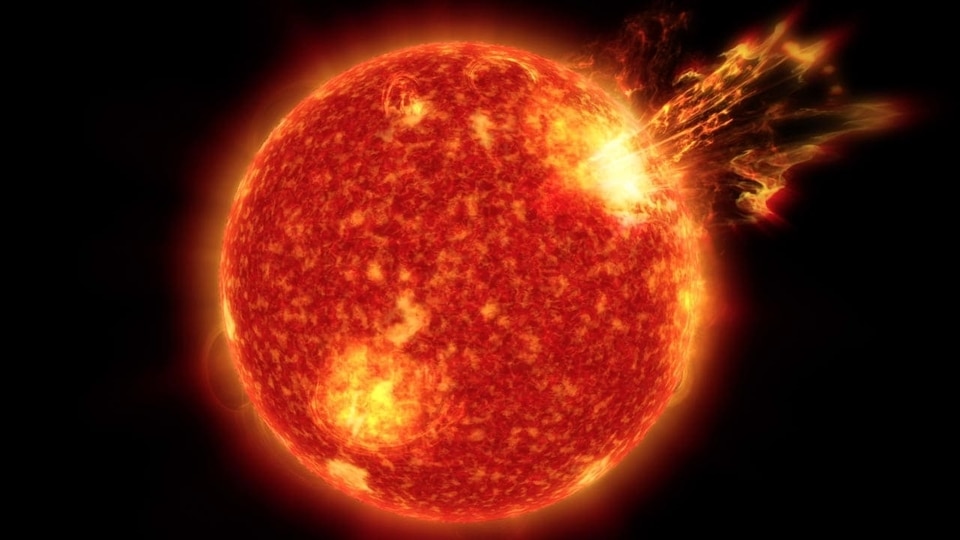
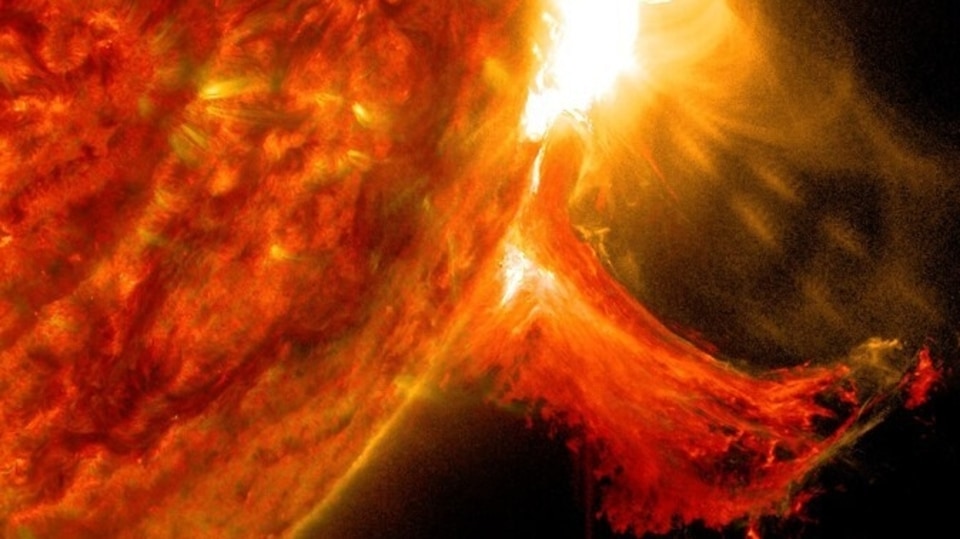

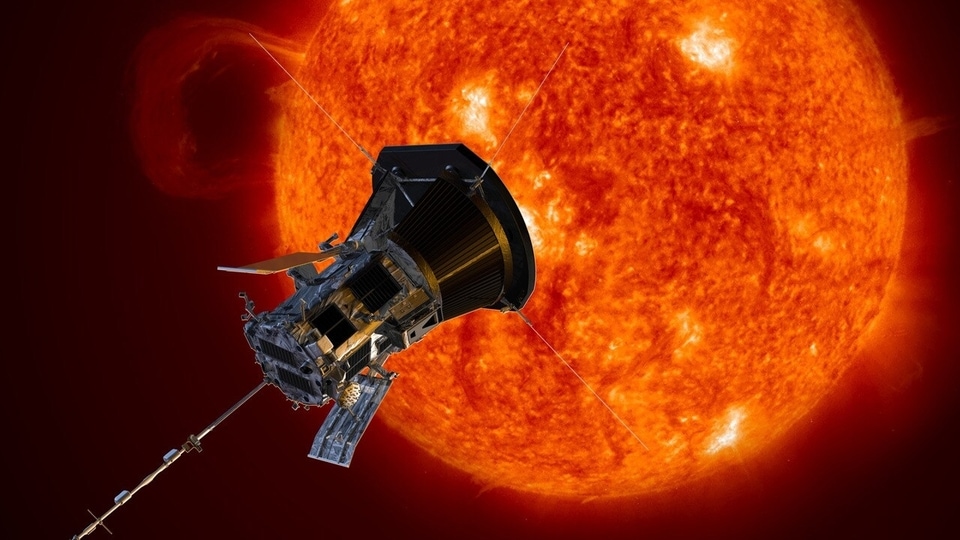
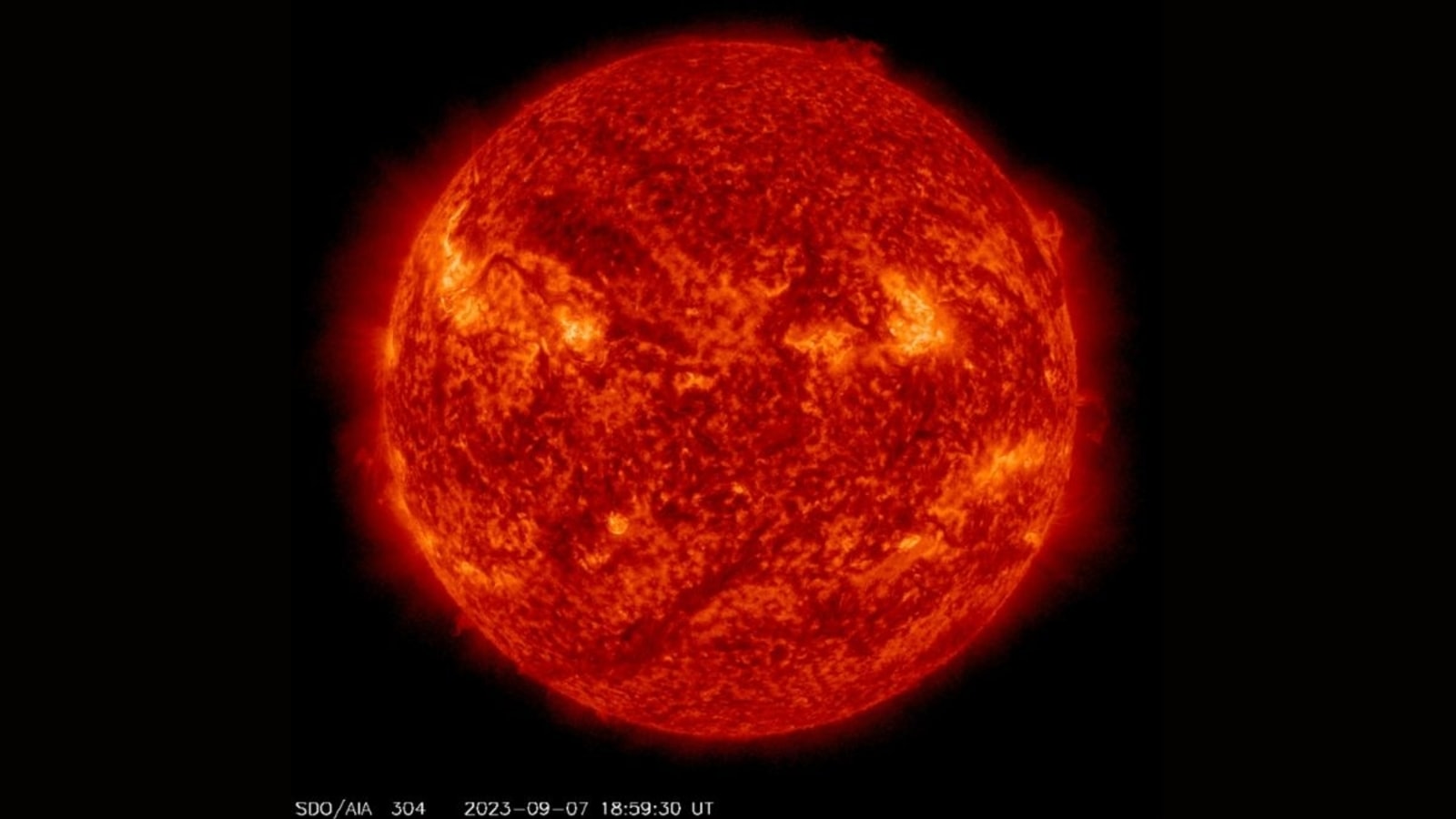
 View all Images
View all ImagesWith the solar maximum approaching in the next few years, the Sun's activity is rising and is expected to rise even more. We have already seen a vast number of solar flares, CMEs, solar storms, and geomagnetic storms this year. Astonishingly, the Sun has already exceeded the predicted number of sunspots that were expected in the solar maximum, according to experts. To monitor the Sun's volatile nature, NASA's Solar Dynamics Observatory (SDO) carries a full suite of instruments that help it to observe solar activity.
This NASA observatory has recently revealed that Earth could be in the firing line of a strong M2 solar flare as an Earth-facing sunspot has recently exploded, sending these flares on their way.
Dangerous sunspot
According to a report by spaceweather.com, NASA's Solar Dynamics Observatory (SDO) has observed a dramatic explosion of the Earth-facing Sunspot AR3425 during the late hours of September 7. Consequentially, several overlapping CMEs have been observed by experts at the National Oceanic and Atmospheric Administration (NOAA), who are trying to determine whether any of them resulted from this sunspot explosion.
As a result, M2 solar flares have been detected being hurled towards Earth. For the unaware, solar flares are classified according to their strength on the logarithmic scale, similar to how earthquakes are measured. The smallest ones are A-class which occur at near background levels, followed by B, C, M, and X.
Read more: Aditya-L1 Solar Mission: ISRO achieves another milestone
The solar flare hurled towards Earth has an M2 intensity, meaning it is twice as strong as M1 solar flares. Apart from this, two other sunspots named AR3421 and AR3422 also pose a danger to Earth as they could hurl out M-class solar flares towards the planet, according to the report.
Tech aboard NASA Solar Dynamics Observatory
The NASA Solar Dynamics Observatory (SDO) uses three very crucial instruments to collect data from various solar activities. They include the Helioseismic and Magnetic Imager (HMI) which takes high-resolution measurements of the longitudinal and vector magnetic field over the entire visible solar disk, Extreme Ultraviolet Variability Experiment (EVE) which measures the Sun's extreme ultraviolet irradiance, and Atmospheric Imaging Assembly (AIA) which provides continuous full-disk observations of the solar chromosphere and corona in seven extreme ultraviolet (EUV) channels.
Catch all the Latest Tech News, Mobile News, Laptop News, Gaming news, Wearables News , How To News, also keep up with us on Whatsapp channel,Twitter, Facebook, Google News, and Instagram. For our latest videos, subscribe to our YouTube channel.




























